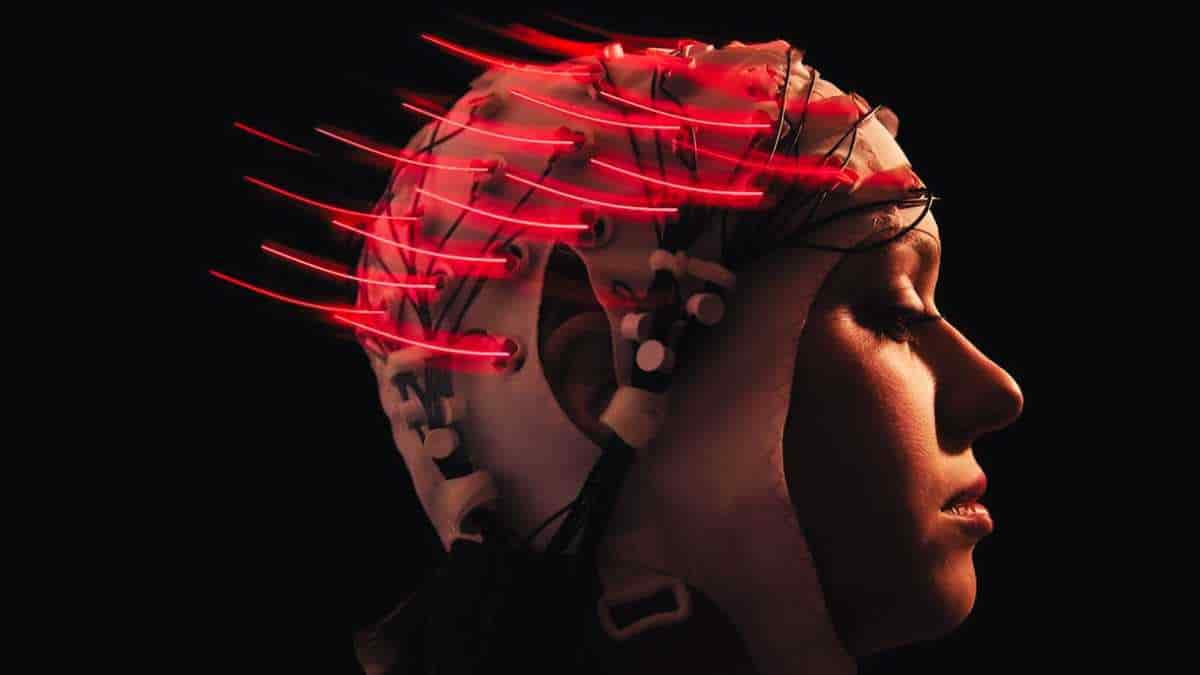The human mind dislikes making mistakes and works hard to avoid doing them again. A new study from the University of Iowa researchers illustrates how the human brain can discern between outcomes caused by human error and those that are not directly to blame in just one second.
Furthermore, the researchers discovered that in cases of human error, the brain takes extra time to catalog the error and inform the rest of the body about it in order to avoid repeating the mistake.
“The novel aspect about this study is the brain can very quickly distinguish whether an undesirable outcome is due to a (human) error, or due to something else. If the brain realizes an error was the cause, it will then start additional processes to avoid further errors, which it won’t do if the outcome wasn’t due to its own action,”
said corresponding author Jan Wessel, professor in the Department of Psychological and Brain Sciences at Iowa.
Unexpected Symbols
The Iowa researchers discovered the brain’s ability to distinguish between self-inflicted and unintentional errors by asking 76 young adults to look at a cluster of arrows and choose the correct direction one specific arrow was pointing.
Nearly every time the subjects responded — almost always correctly, given the task’s simplicity — a triangle would appear on the screen. However, every now and again, another symbol (an anchor, frog, helicopter, etc.) would show on screen, intended to represent a “surprise” or unexpected conclusion and, notably, appear even when the subject correctly reacted and expected the triangle symbol.
The researchers measured the brain’s response to situations with the standard outcome (the triangle) and the surprise outcome (a different symbol) at three different intervals (350, 1,700, and 3,000 milliseconds). They found that after roughly one second (1,000 milliseconds), the brain can distinguish between the two outcomes.
Let’s Not Do This Again
If the outcome is due to a human mistake, the brain remains active for an additional two to three seconds, according to the study. That is, the brain recognizes a mistake was done and wishes to learn from it.
“When it is something that has to do with my own action and I can do something about it, then the brain takes a few seconds to reconfigure the entire cognitive apparatus, the visual system, the motor system,”
said Wessel, who has a joint appointment in the Department of Neurology.
It is as though the brain is pausing momentarily to relay the following to the other functioning parts of the body: “Let’s not repeat this.” This includes the senses and motor control.
Error Recognition Disagreement
Additionally, the researchers used scalp electroencephalograms (EEGs) to measure brain waves and saw persistent neural activity specific to human error incidents.
Indeed, we found that while both errors and unexpected outcomes of correct actions led to comparable neural activity early on, only errors showed reliable, sustained brain activity more than a second after the response,
Wessel said.
There has been discussion regarding whether or not the brain responds to an event in the same way whether or not human error was the cause. Previous studies have demonstrated that the brain can identify situations in which human error has occurred.
“Some have argued that we don’t actually have a genuine error detection system in the brain,”
Wessel noted.
However, Wessel’s research shows that the brain does distinguish between an error and no error, and that it communicates information about either outcome to the body as a whole.
“All in all, this shows that we do have genuine, error-specific systems in the human brain that detect our action errors that trigger adaptive responses, such as the strategic slowing of ongoing actions,”
Wessel concluded.
Abstract
The ability to adapt behavior after erroneous actions is one of the key aspects of cognitive control. Error commission typically causes people to slow down their subsequent actions [post-error slowing (PES)]. Recent work has challenged the notion that PES reflects adaptive, controlled processing and instead suggests that it is a side effect of the surprising nature of errors. Indeed, human neuroimaging suggests that the brain networks involved in processing errors overlap with those processing error-unrelated surprise, calling into question whether there is a specific system for error processing in the brain at all. In the current study, we used EEG decoding and a novel behavioral paradigm to test whether there are indeed unique, error-specific processes that contribute to PES beyond domain-general surprise. Across two experiments in male and female humans (N = 76), we found that both errors and error-unrelated surprise were followed by slower responses when response–stimulus intervals were short. Furthermore, the early neural processes following error-specific and domain-general surprise showed significant cross-decoding. However, at longer intervals, which provided additional processing time, only errors were still followed by post-trial slowing. Furthermore, this error-specific PES effect was reflected in sustained neural activity that could be decoded from that associated with domain-general surprise, with the strongest contributions found at lateral frontal, occipital, and sensorimotor scalp sites. These findings suggest that errors and surprise initially share common processes, but that after additional processing time, unique, genuinely error-specific processes take over and contribute to behavioral adaptation.
Reference:
- Yoojeong Choo, Alec Mather, Jan R. Wessel. Early Action Error Processing Is Due to Domain-General Surprise, Whereas Later Processing Is Error Specific. Journal of Neuroscience 8 November 2023, 43 (45) 7678-7689; DOI:10.1523/JNEUROSCI.1334-23.2023
Image credit: Tim Schoon, University of Iowa
